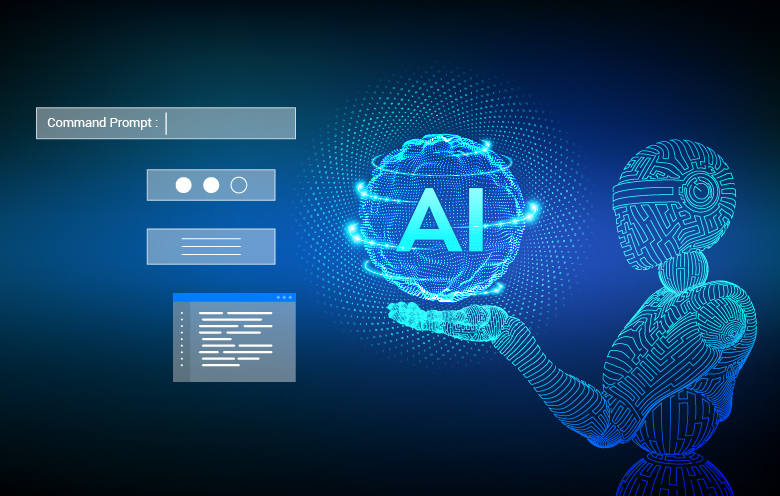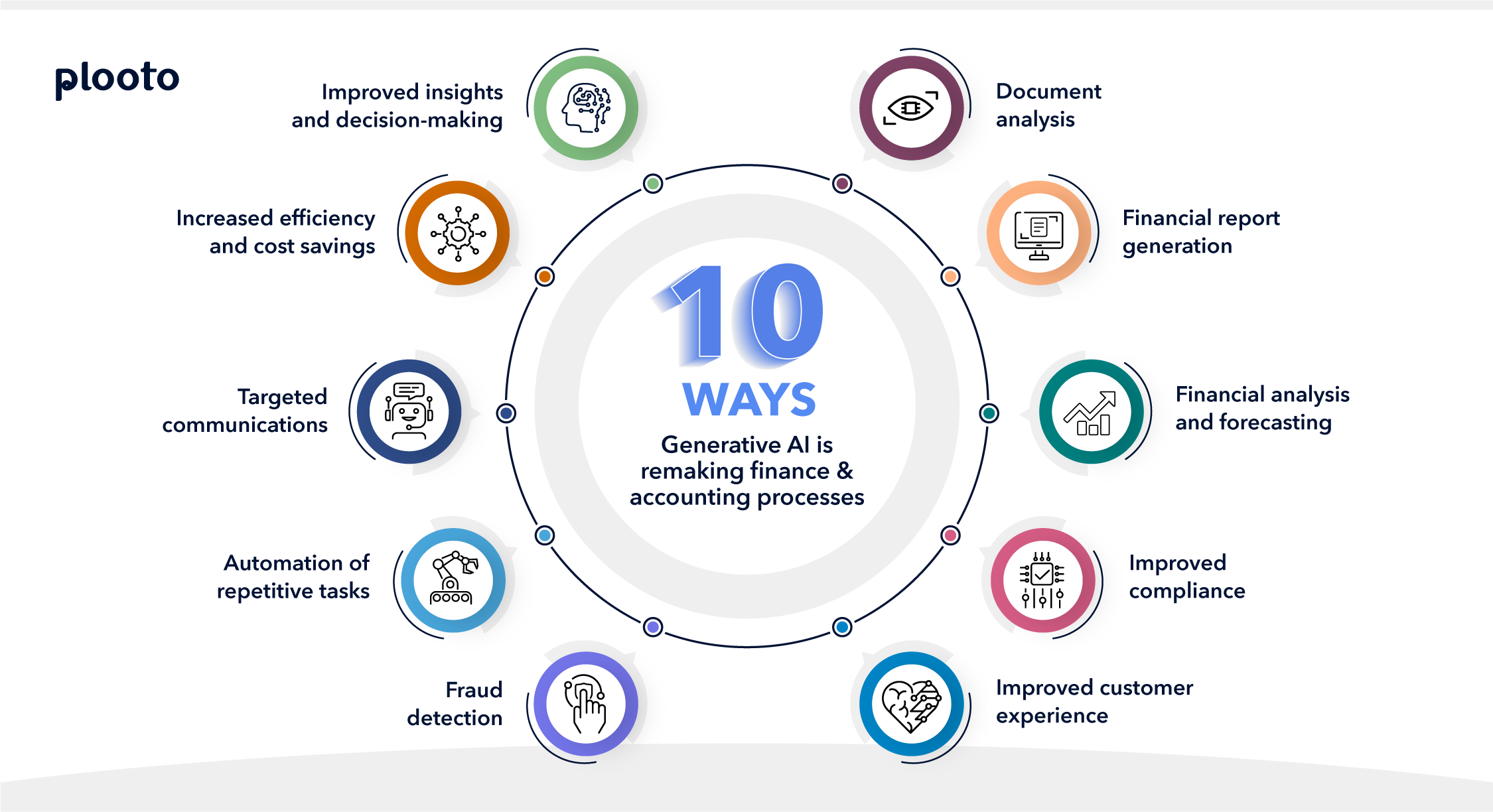All Categories
Featured
The majority of AI companies that educate big models to create text, images, video clip, and sound have not been clear concerning the material of their training datasets. Various leaks and experiments have actually revealed that those datasets consist of copyrighted material such as books, paper write-ups, and movies. A number of suits are underway to establish whether use copyrighted material for training AI systems makes up fair usage, or whether the AI business require to pay the copyright holders for usage of their material. And there are of course many groups of negative stuff it could theoretically be made use of for. Generative AI can be used for customized frauds and phishing assaults: For example, making use of "voice cloning," scammers can copy the voice of a details individual and call the individual's family with an appeal for aid (and money).

(On The Other Hand, as IEEE Spectrum reported this week, the united state Federal Communications Compensation has reacted by outlawing AI-generated robocalls.) Image- and video-generating tools can be utilized to create nonconsensual pornography, although the devices made by mainstream firms disallow such usage. And chatbots can theoretically stroll a prospective terrorist via the steps of making a bomb, nerve gas, and a host of various other scaries.
What's more, "uncensored" versions of open-source LLMs are available. Despite such potential troubles, many people assume that generative AI can additionally make individuals extra productive and can be utilized as a device to enable totally brand-new forms of creativity. We'll likely see both calamities and imaginative flowerings and plenty else that we do not anticipate.
Discover a lot more regarding the math of diffusion versions in this blog post.: VAEs are composed of 2 semantic networks normally described as the encoder and decoder. When given an input, an encoder converts it right into a smaller sized, more thick representation of the information. This compressed representation maintains the information that's needed for a decoder to rebuild the initial input data, while discarding any kind of pointless info.
This permits the individual to conveniently example brand-new latent representations that can be mapped via the decoder to produce novel information. While VAEs can create outcomes such as pictures much faster, the pictures created by them are not as described as those of diffusion models.: Discovered in 2014, GANs were considered to be one of the most commonly utilized approach of the three before the recent success of diffusion designs.
Both models are trained with each other and obtain smarter as the generator produces much better material and the discriminator gets much better at finding the generated web content - AI for remote work. This treatment repeats, pressing both to continually enhance after every version until the created web content is equivalent from the existing material. While GANs can give high-grade samples and create outputs quickly, the sample diversity is weak, for that reason making GANs much better fit for domain-specific information generation
What Is Reinforcement Learning?
Among one of the most prominent is the transformer network. It is very important to recognize just how it operates in the context of generative AI. Transformer networks: Comparable to recurring neural networks, transformers are developed to refine consecutive input information non-sequentially. Two systems make transformers especially experienced for text-based generative AI applications: self-attention and positional encodings.

Generative AI begins with a structure modela deep learning version that acts as the basis for multiple different sorts of generative AI applications. The most common structure designs today are large language models (LLMs), created for message generation applications, however there are likewise foundation versions for picture generation, video clip generation, and audio and songs generationas well as multimodal foundation designs that can sustain a number of kinds material generation.
Find out more concerning the history of generative AI in education and terms connected with AI. Find out more concerning just how generative AI functions. Generative AI tools can: Respond to prompts and questions Produce pictures or video clip Summarize and synthesize details Revise and edit material Create imaginative jobs like musical structures, stories, jokes, and poems Write and deal with code Manipulate information Create and play video games Capacities can vary dramatically by device, and paid versions of generative AI tools often have specialized functions.
Generative AI tools are continuously discovering and developing yet, since the day of this publication, some limitations consist of: With some generative AI tools, constantly integrating genuine research study into text continues to be a weak capability. Some AI devices, as an example, can create message with a referral listing or superscripts with web links to sources, yet the references frequently do not represent the text developed or are phony citations made from a mix of actual publication details from numerous resources.
ChatGPT 3.5 (the cost-free variation of ChatGPT) is educated making use of data offered up till January 2022. ChatGPT4o is trained utilizing data available up till July 2023. Various other tools, such as Bard and Bing Copilot, are always internet linked and have access to current details. Generative AI can still compose possibly incorrect, simplistic, unsophisticated, or biased responses to inquiries or triggers.
This list is not detailed yet includes some of the most widely used generative AI devices. Devices with cost-free variations are indicated with asterisks - Neural networks. (qualitative research study AI assistant).
Latest Posts
How Does Ai Understand Language?
Future Of Ai
What Industries Benefit Most From Ai?